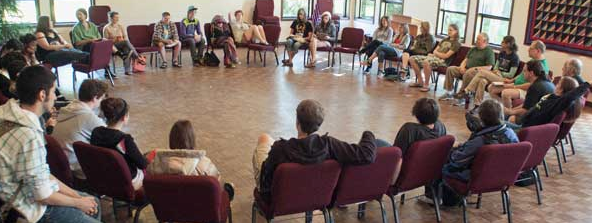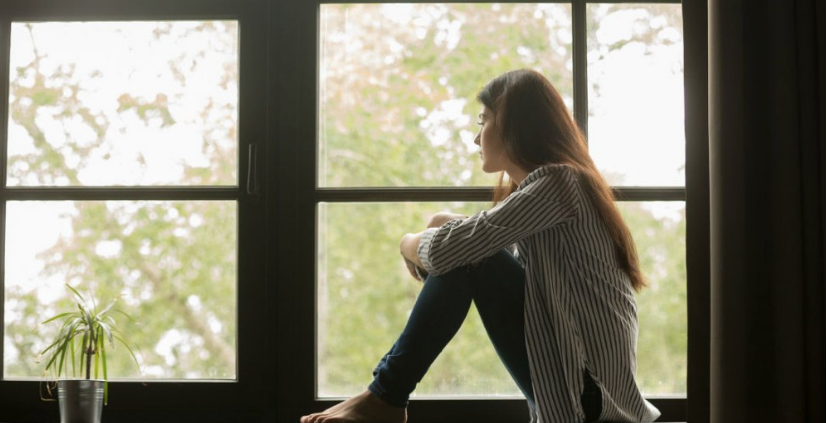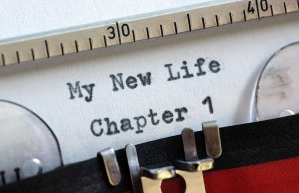Not long ago, a story about basketball star Charles Barkley and his friendship with a cat litter scientist in Iowa went viral. Barkley met the late Lin Wang in the bar of a Sacramento hotel where he was giving a speech. The two struck up a conversation that lasted hours. Then, they had dinner together and talked for hours more. Over the years, the friendship deepened as Barkley and Lin spent more and more time hanging out together. When Barkley’s mother died, Lin flew to the funeral. And when Lin died last year, Barkley gave a eulogy.
It’s certainly surprising that a famous basketball star would befriend someone so far out of the limelight as Lin. And that’s undoubtedly one of the reasons why their odd-duck union captivated millions. But more than that, Barkley and Lin’s story is about a heartfelt friendship – built on time spent talking face-to-face and doing things together.
In the age of social media, full of well connected, but not necessarily intimate virtual friendships, Barkley and Lin’s relationship seems special if not rare.
It’s difficult to tease out the cause and effect social media has on our “real” friendships. Loneliness, though, has become an epidemic in the digital age. And how technology and social media change how we relate to each other isn’t always for the better. (See previous blogs on Loneliness and FOMO below.)
A UCLA study, for example, showed that children’s social skills might be declining as they spend more time on devices and less time interacting with others face-to-face. The study showed that these effects apparently subside if the kids lay off their devices for five days or more.
But another review of 72 studies by University of Michigan researchers found that empathy among college students has decreased 40% over the past 30 years, with the most dramatic changes occurring in the past decade when cell phones became omnipresent. Cell phones have become a ubiquitous presence in our in person get-togethers. Nearly 90% of cell phone owners say they use their devices during social gatherings, according to the Pew Research Center. That’s despite the fact that most of us say using cell phones when we’re together hurts the quality of our relationships.
“Our little devices are so psychologically powerful that they don’t just change what we do, they change who we are,” says Sherry Turkle, a sociologist and MIT professor, in her TED talk: “Alone, but Connected.”
Turkle has spent 30 years studying how technology is transforming our relationships. More recently, she’s noted the worrisome trend of how technology is making us forget what’s important in life – namely intimate conversations.
“Face-to-face conversation is one of the most humanizing and human things we do,” Turkle says.
Spending time digitally talking to others is quick, convenient and seemingly personal. Most of us agree, however, that it’s a poor substitute for a heart-to-heart with a friend over a cup of coffee or on a long walk.
One of the subtler affects of social media’s relational influence might be that it distorts our expectations of how long it takes for “real” friendships to evolve. Social media instantly connects us to others, but lasting, reliable friendships take time to develop. Close friendships, like a saplings, need nurturing.
Research published in the Journal of Social and Personal Relationships shows that you need to spend 50 hours with someone to create a casual friendship; 90 hours with someone to become “real” friends and 200 hours to become close friends.
Metrics like that will likely appeal to digital natives. But it might be more meaningful to be mindful of how much time you spend on social media connecting with digital BFFs versus how much time you spend doing things face-to-face with others. Apparently, we could all stand to socialize a bit more. Jeffrey Hall, the University of Kansas professor behind the friendship research, says we spend a paltry 41 minutes a day socializing.
All of it’s worth an experiment: Try spending more time in the real world doing real things with real friends and notice how you feel. However you feel in the moment, it’s likely that you won’t regret cultivating friendships that have the potential for more intimacy than Instagram. After all, a digital BFF is a poor substitute for a face-to-face friend when you need a shoulder to cry on or a warm embrace.
This blog originally appeared on eMindful.com
On My Mind
Famed relational therapist Esther Perel once asked an audience attending one of her talks: “Is the last thing you do before you go to bed to stroke your phone?”
As the audience laughed, she asked two other questions that silenced the crowd: “Is the first thing you do in the morning to stroke your phone? And are you doing this when someone is lying in bed next to you?”
“That’s F…cked up,” Perel said pointedly. “That has to change. This is not O.K.”
Borrowing a term from psychologist Pauline Boss, Perel explained that devoting our attention to our iPhone in the presence of another creates “ambiguous loss” or the sense that someone is physically there, but psychologically unavailable. The term once described relationships with Alzheimer’s patients. Now, it describes all of us when we become absorbed in our cell phones while in the presence of loved ones, friends or even acquaintances.
Perel says the unspoken message of this behavior is that you don’t matter. And I can’t think of anything good that happens when you telegraph to someone else that they don’t matter.
To hear more of Perel’s thoughts about cultivating relational intelligence, listen to her talk at Summit LA18 here: https://www.youtube.com/watch?v=QFwWvr1YUjA



